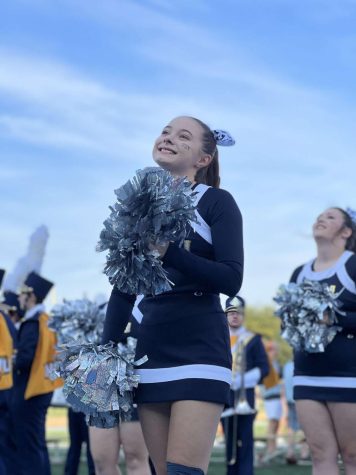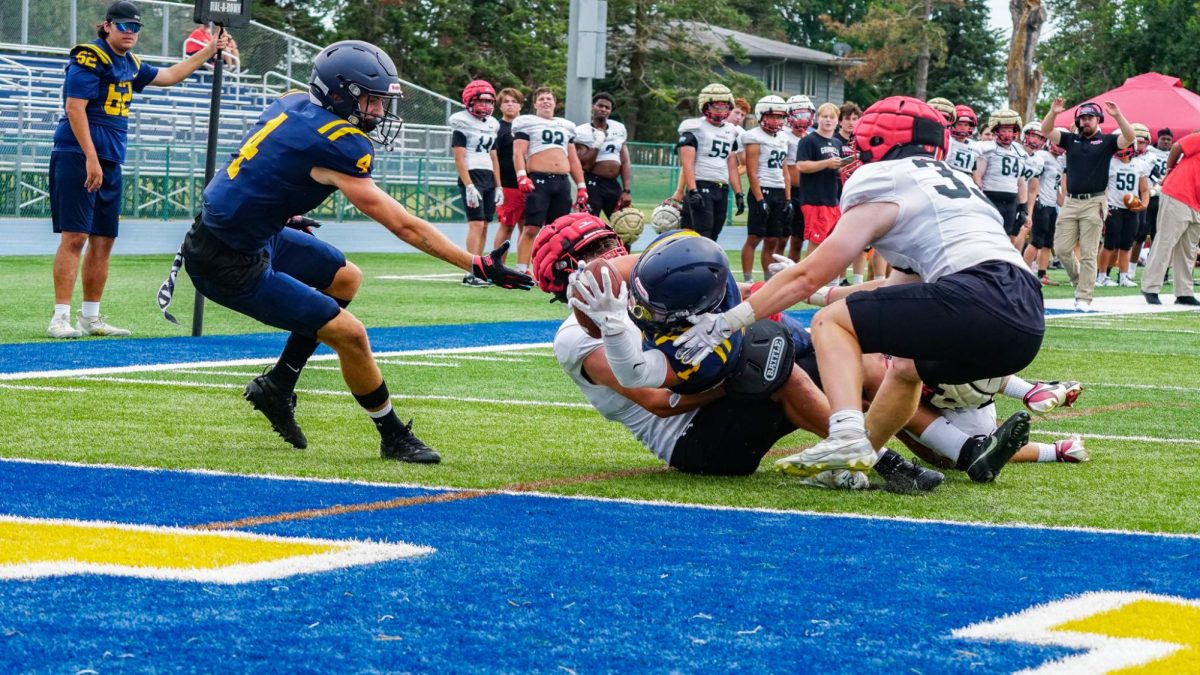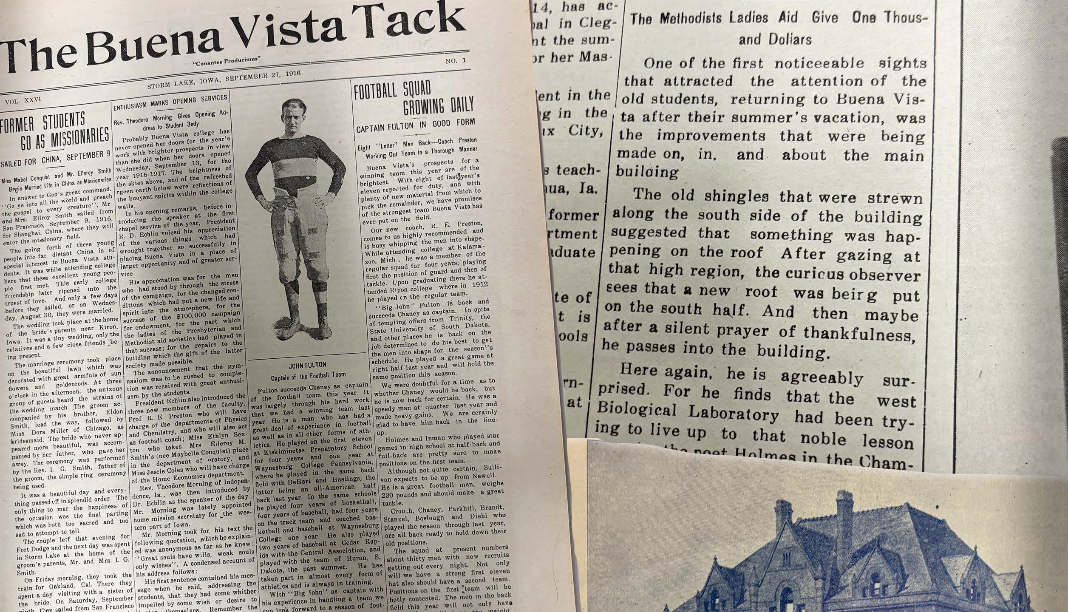Cheer vs. STUNT: What is the Difference?
December 16, 2022
STUNT is a new and upcoming sport on Buena Vista University’s campus, adding yet another women’s sport to the list. For more information specific to BVU, check out a previous discussion by The Tack staff Abby Clark, Welcoming STUNT to BVU Athletics. According to STUNT the Sport, STUNT is the fastest-growing female sport in the country. But what is STUNT?
In STUNT, unlike cheerleading, you don’t see any bows, pom poms, sparkly uniforms, or extreme makeup. Instead, athletes perform in volleyball-like jerseys and spandex shorts. Athletes are allowed to wear their hair in any fashion, and they are not required to wear makeup.
Another major difference is the actions that each athlete performs. In cheerleading, athletes use their voices to cheer on a crowd, and are required to smile and use strong facial expressions. STUNT, on the other hand, focuses less on crowd engagement and more on strong technique and accuracy, reducing the need for athletes to worry about smiling and how the crowd may be perceiving them. They aren’t cheering on another sport — they are the sport.
STUNT is a four-quarter game between two teams, similar to football or basketball. The quarters are separated into the categories of partner stunts, pyramids and tosses, jumps and tumbling, and team routines. All four quarters have eight different routines that teams can choose to do, with one being the easiest and eight being the hardest.
Within each of the first three quarters, there are four separate rounds teams compete in. Due to the extensive nature of the fourth quarter, only three rounds are played. In each round played, a point is rewarded to the team who executes the routine with the least number of deductions, derived from the accuracy of skills performed.
When it comes to stunting, the basic form consists of two bases (the people holding the feet), one backspot (the one holding the ankles/calves), and one flyer (the person being held on the top). Some stunts also include a front (the person who is in the front holding base’s wrists or flyer’s calves to assist with power or stability). This can be altered to exclude a back or a base in the higher-level routines.
Quarter One: Partner Stunts
Partner stunts involve anywhere from one to three groups competing on the mat. These groups perform independently, doing the same routine. In this, the judges are looking for accurate skills at the proper time, along with the togetherness of the team.
Quarter Two: Pyramids and Tosses
Pyramids and tosses take the largest number of girls to execute. Pyramids are very similar to cup stacking. All the girls in the pyramid are being stacked to make an intriguing, layered stunt. These can use anywhere from two to five, six, and sometimes even seven groups of girls to create.
Tosses can also be called basket tosses or cradles. Basket tosses can hit a toe touch, flip, or spin. Basket tosses are not braced by other flyers when thrown. Cradles, on the other hand, can be braced, and the flyer is sometimes flipped while holding onto another flyer.
Quarter Three: Jumps and Tumbling
Jumps and tumbling are exactly what the name implies, jumps and tumbling. The jumps can be a toe-touch (legs straddled in the air, reaching for the feet), right or left hurdler (hurdle jumping at a 45-degree angle with the arms on either side of the foot), or a pike jump (bent at the waist with legs in front and hands reaching towards the feet). These can be done in isolation or connected with other jumps.
Tumbling involves actions like cartwheels, round-offs, handsprings, and flips. These can be done in isolation or in connection with jumps or other tumbling skills. The judges are looking for sharp body and arm movements, the timing of tumbling and jumps, and the level of skill in specified tumbling.
Quarter Four: Team Routines
As mentioned earlier, quarter four is the most extensive in nature. The team routines consist of quarters one through three put together into a full routine. The order is scrambled so the athletes perform quarter one (partner stunts), quarter three (jumps and tumbling), and the end with quarter two (pyramids and tosses). This routine is the exact same thing as the first three but put fully together with no breaks and only two 8-counts worth of music to move from section to section.
While cheer and STUNT are both sports, they are also completely separate entities. While each has its differences, they both exemplify athleticism at its best, in the ways of teamwork, perseverance, skill, and hard work.








